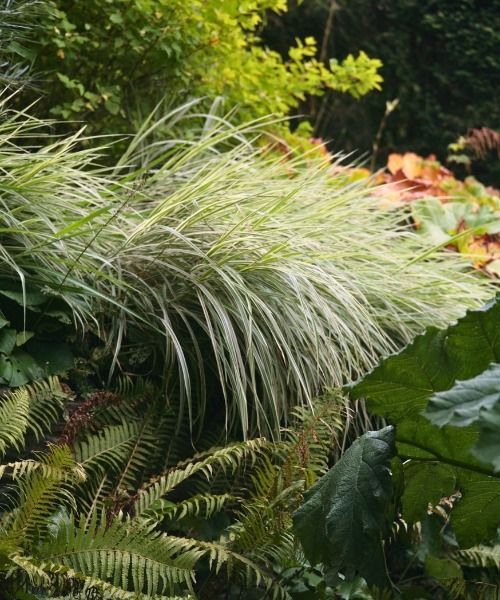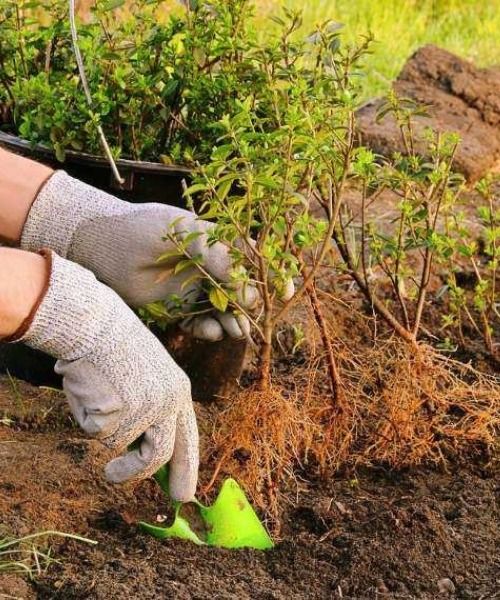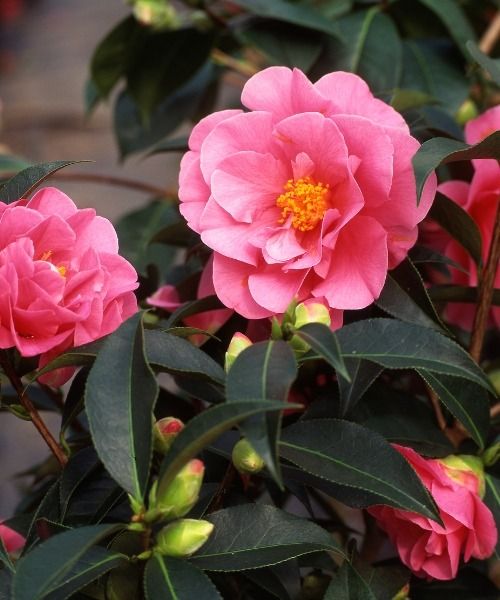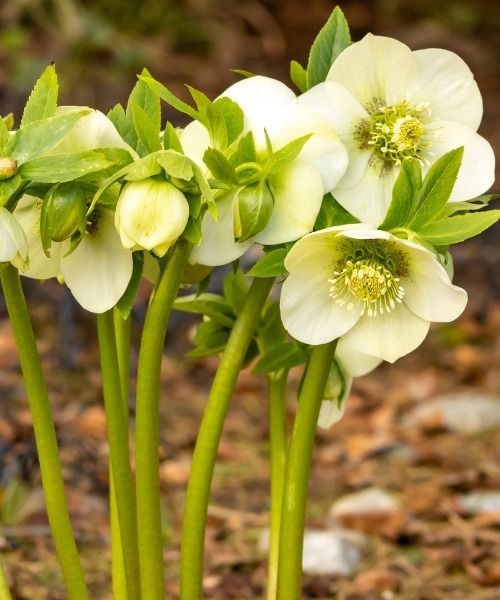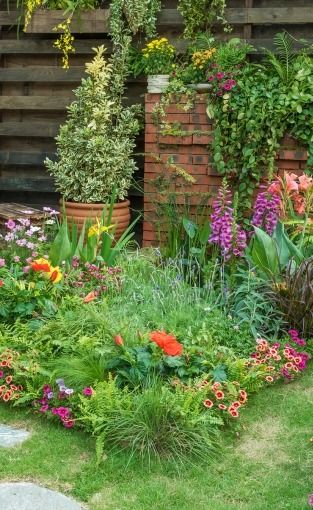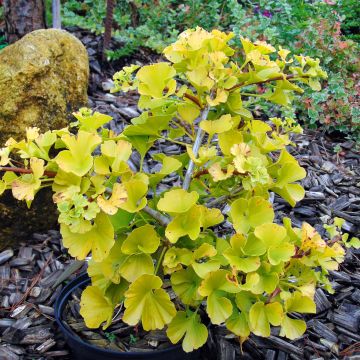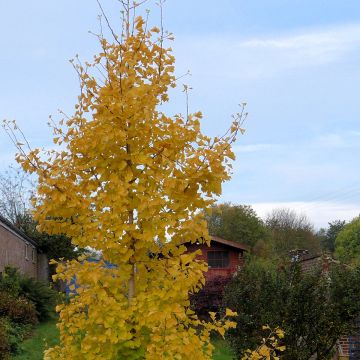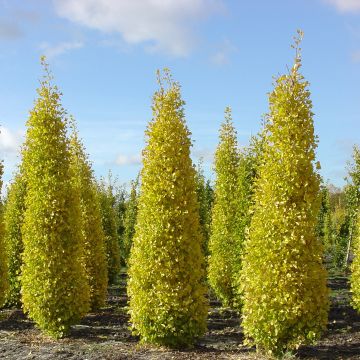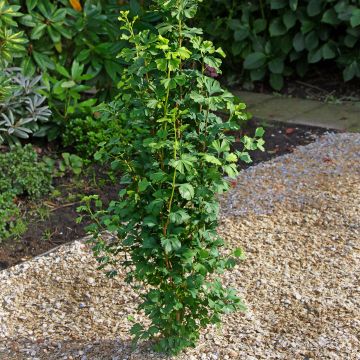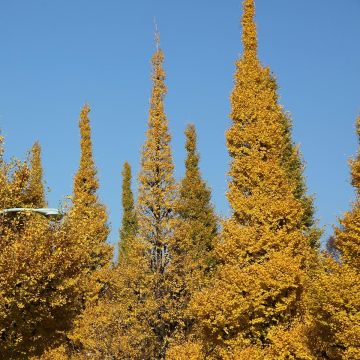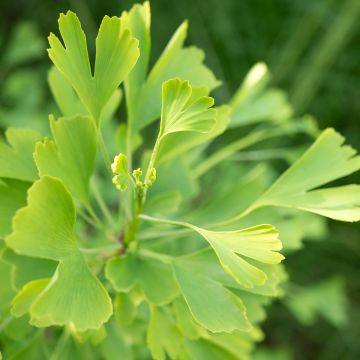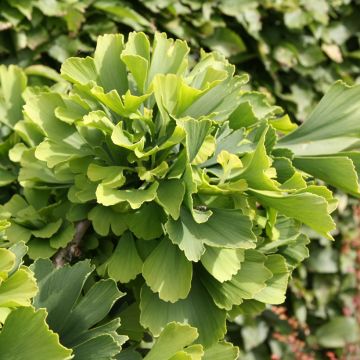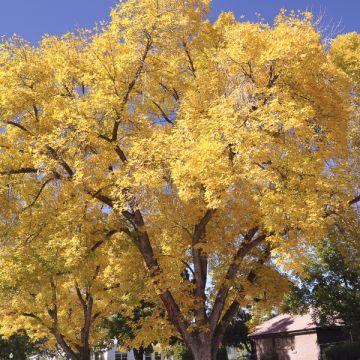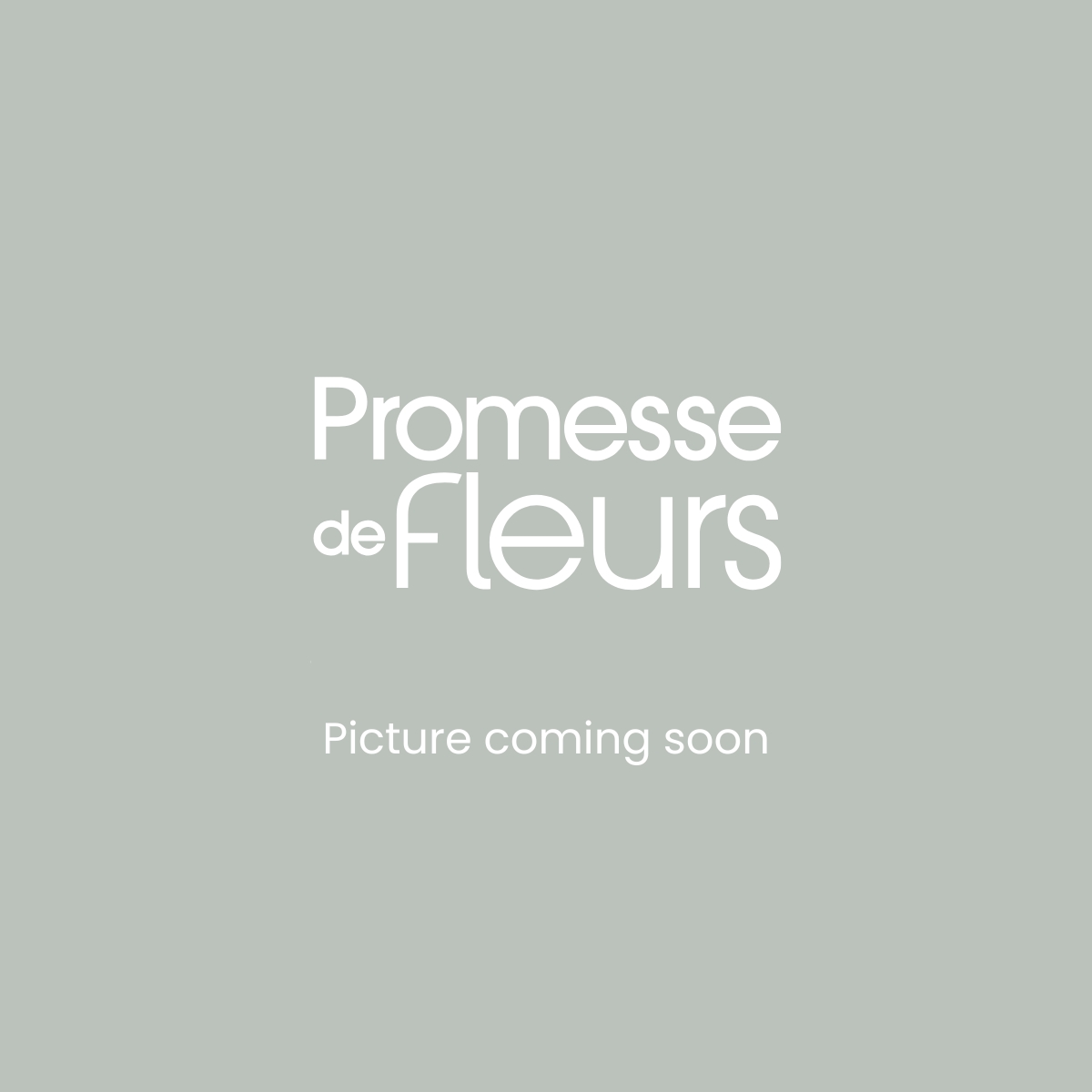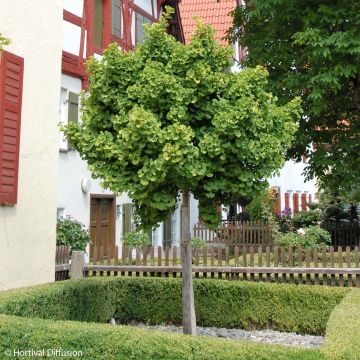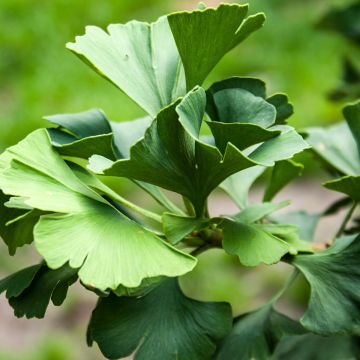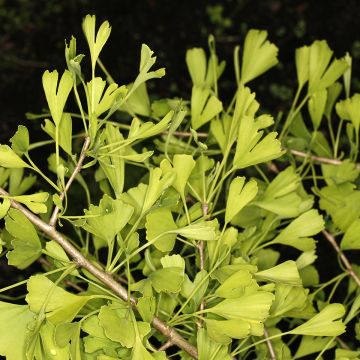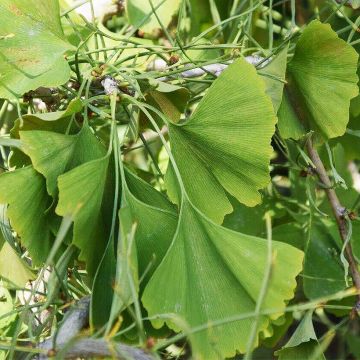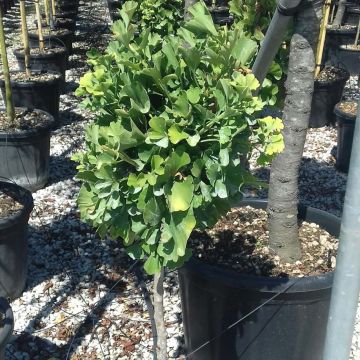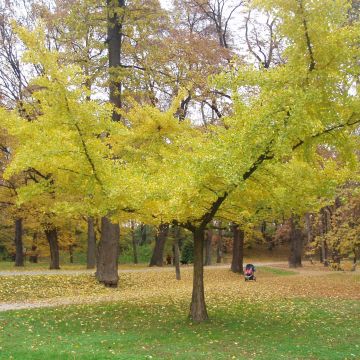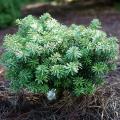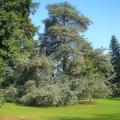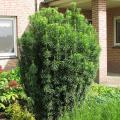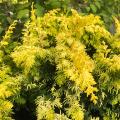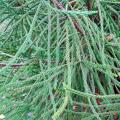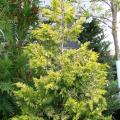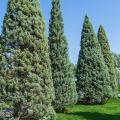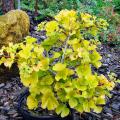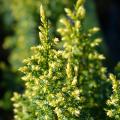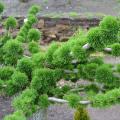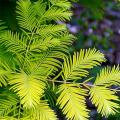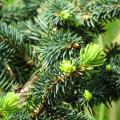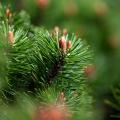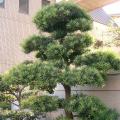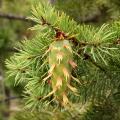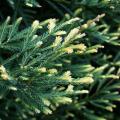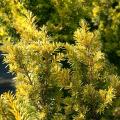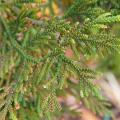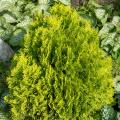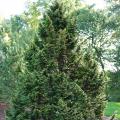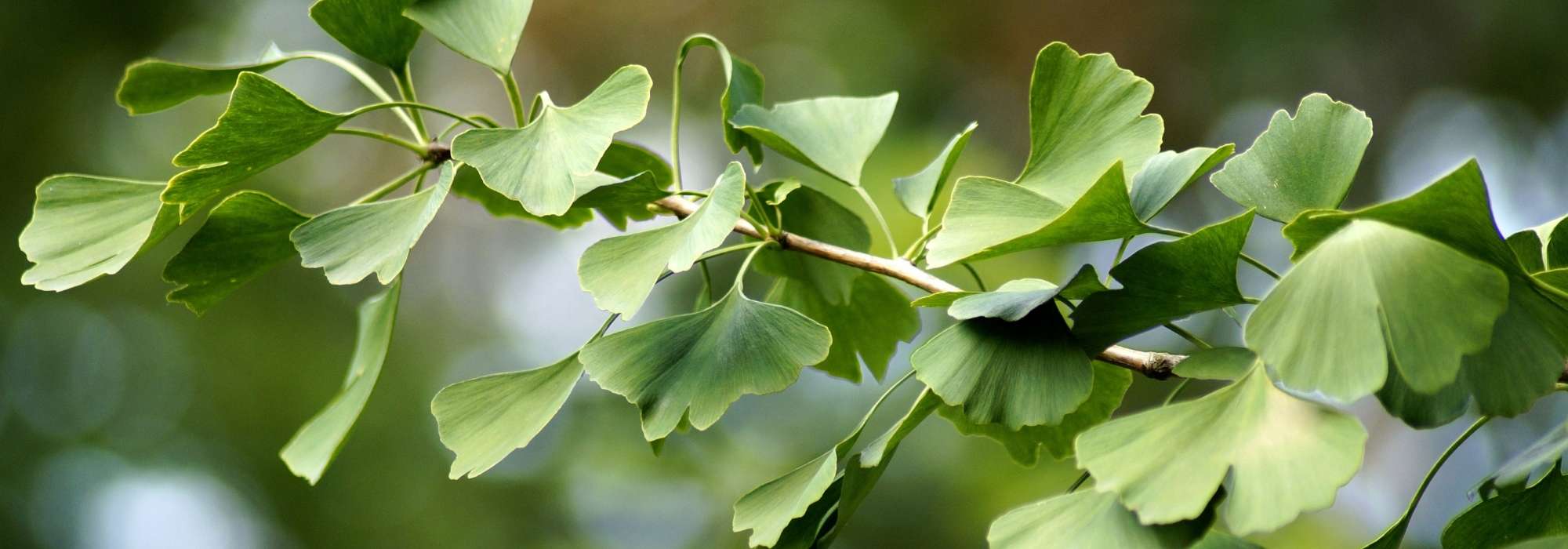Ginkgo
Would this plant suit my garden? Set up your Plantfit profile →

Available in 2 sizes
Available in 2 sizes
Available in 2 sizes
Available in 2 sizes
Available in 2 sizes
Available in 1 sizes
Available in 1 sizes
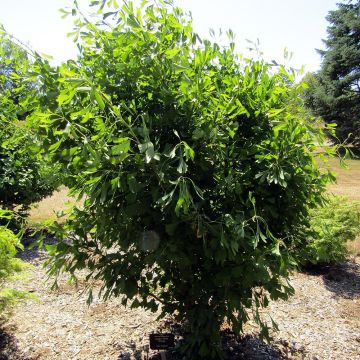
Available in 1 sizes
Available in 1 sizes
Available in 1 sizes
Available in 1 sizes
Available in 1 sizes
Available in 1 sizes
Available in 1 sizes
Available in 1 sizes
Available in 1 sizes
Available in 1 sizes
Available in 1 sizes
Although botanically close to conifers, the Ginkgo biloba or "forty-coin tree" is a deciduous species. It is the last living representative of its family, the Ginkgoaceae. Similar to conifers in its flowers, but resembling a "simple" deciduous tree in its foliage, and equipped with a reproductive mode similar to that of ferns, Ginkgo biloba is truly a botanical curiosity.
It can be planted in the garden as a standalone sepcimen, or in the back of a flowerbed (for those with a fastigiate or upright habit), in order to admire its striking foliage that displays a beautiful golden yellow colour in autumn. It is also widely used for bonsai, or in collections of mini-conifers (although it is not one!) for its dwarf cultivars.
Ginkgo biloba is a tree with remarkable resilience. It is not susceptible to any known diseases or predators and it withstands pollution admirably. It thrives in full sun in all types of ordinary, well-drained soil, including limestone.
Haven't found what you were looking for?






























